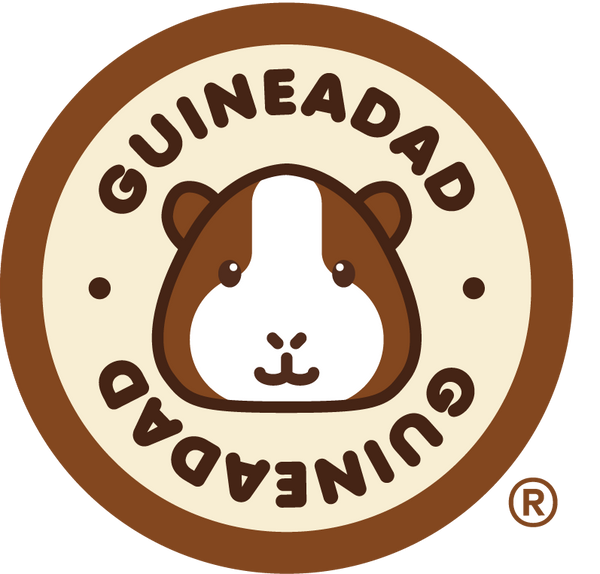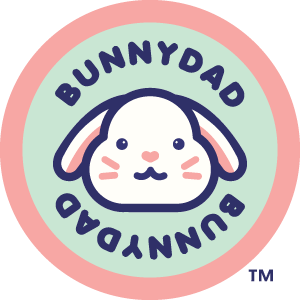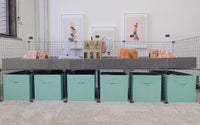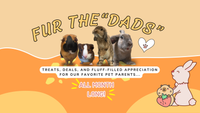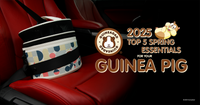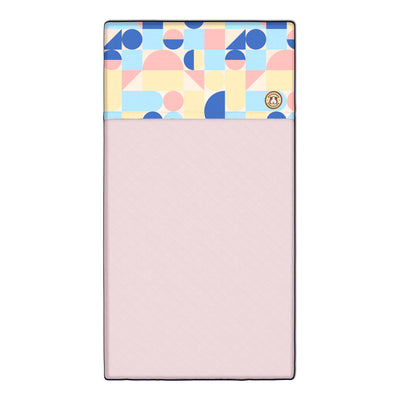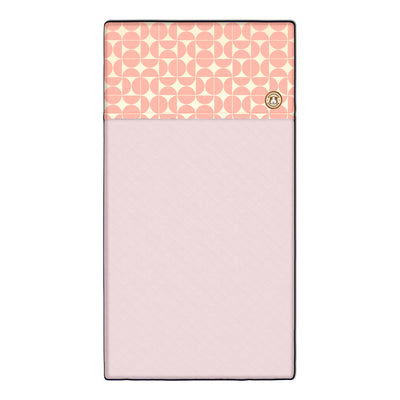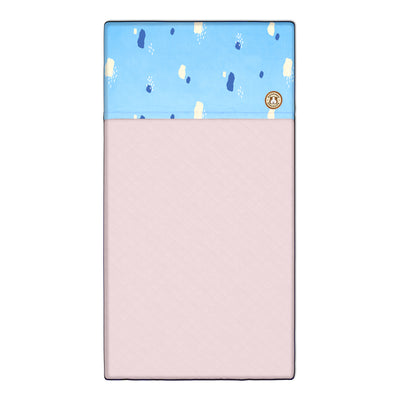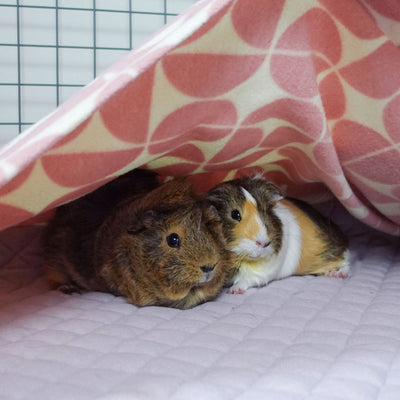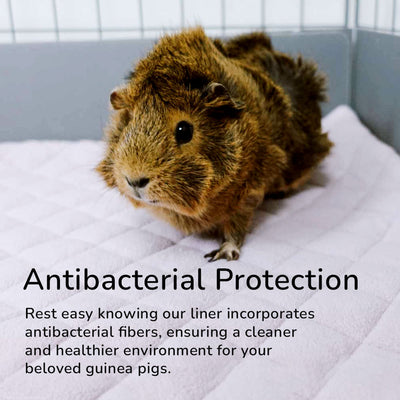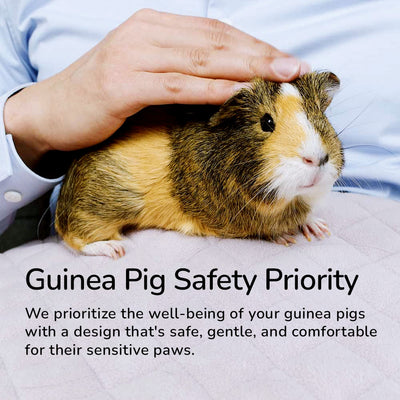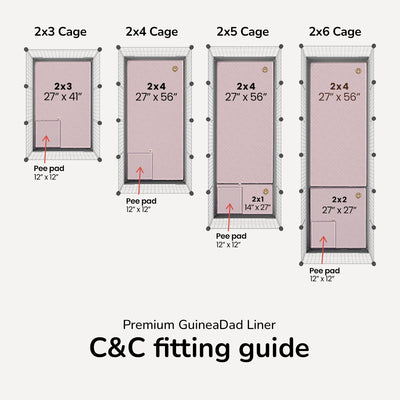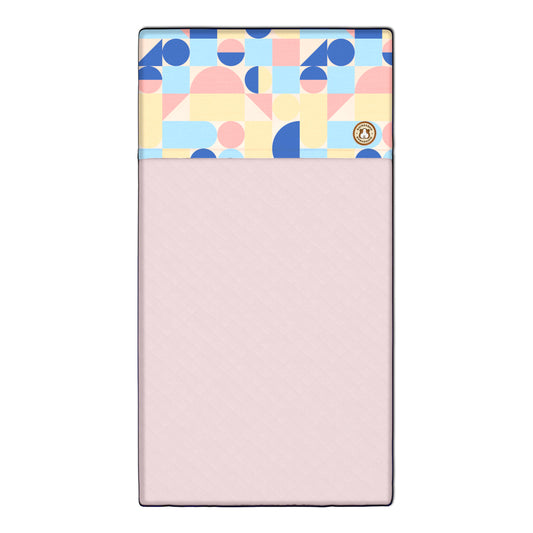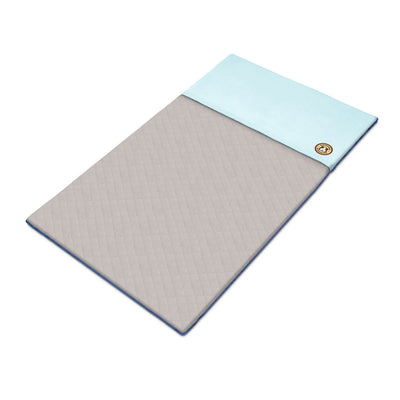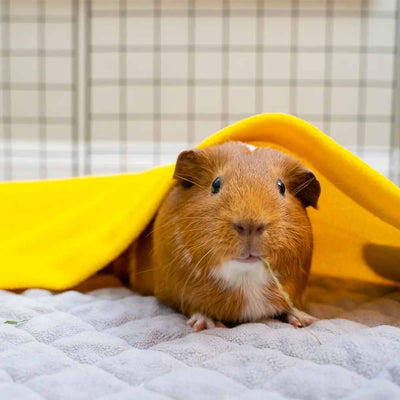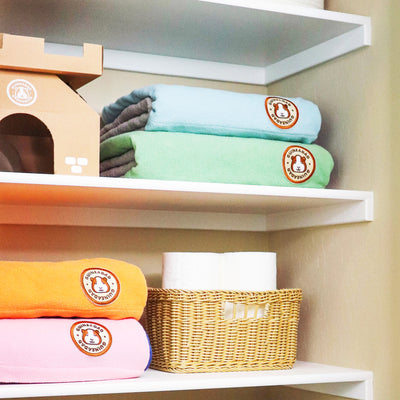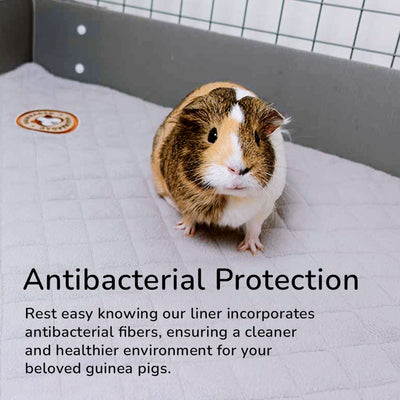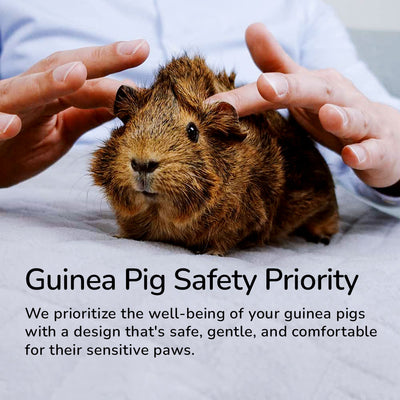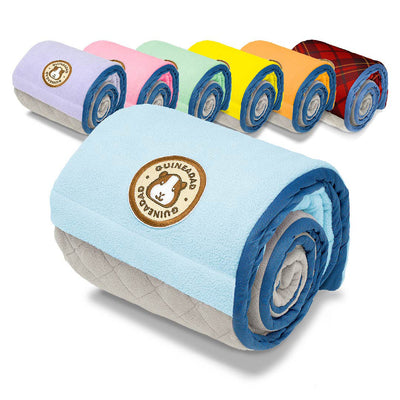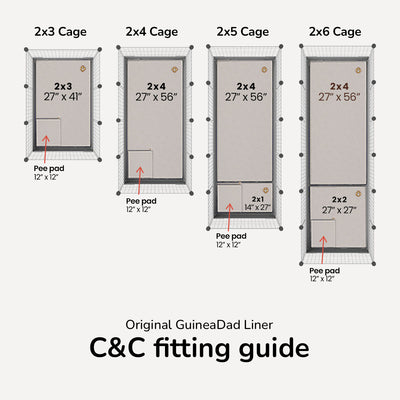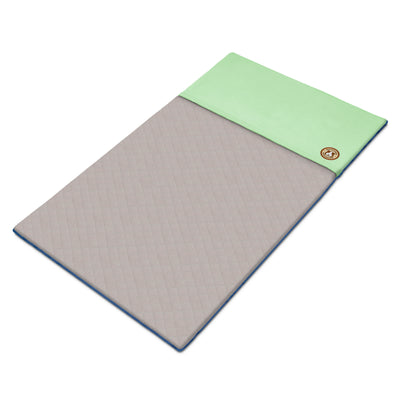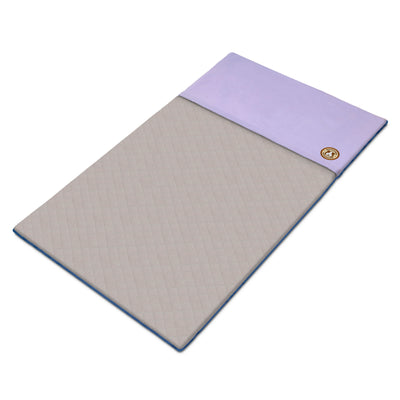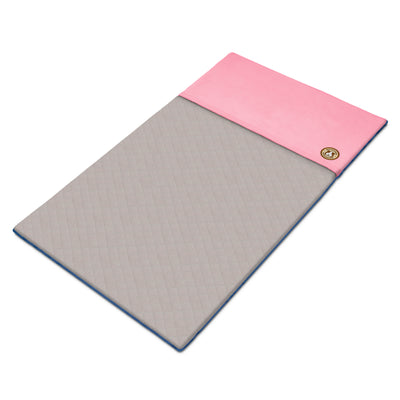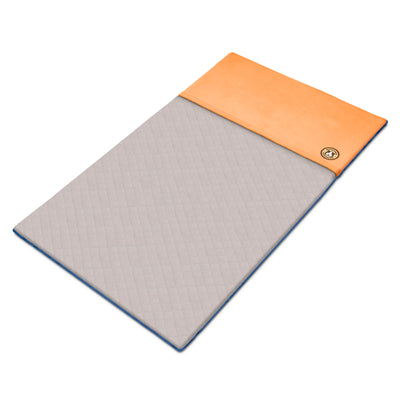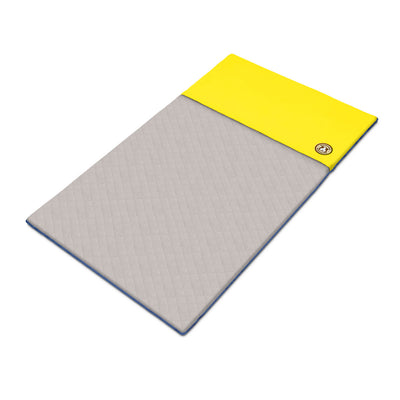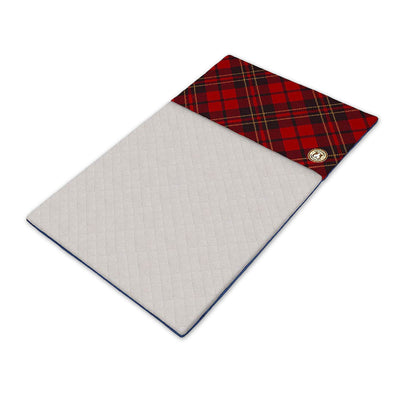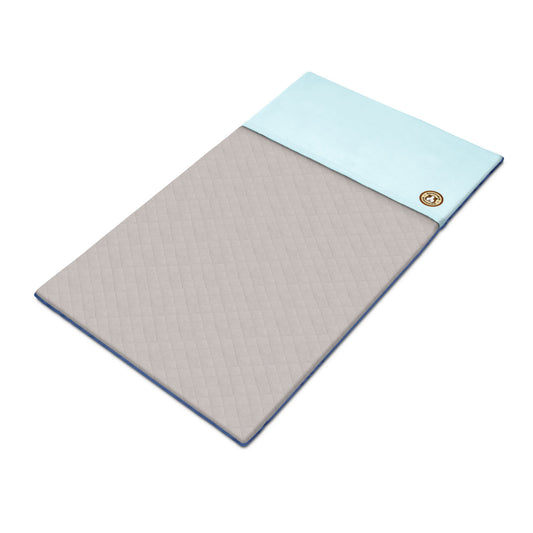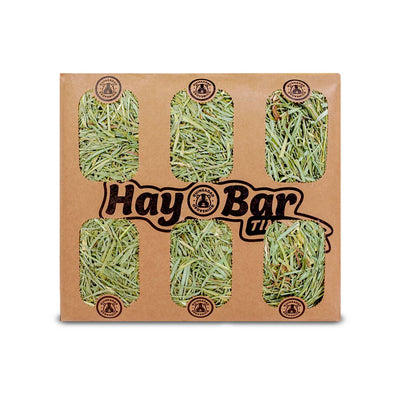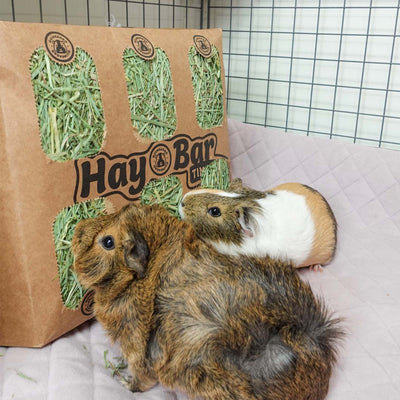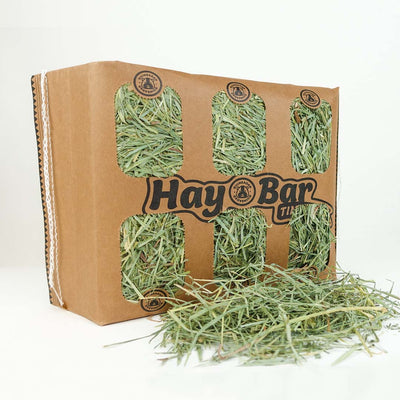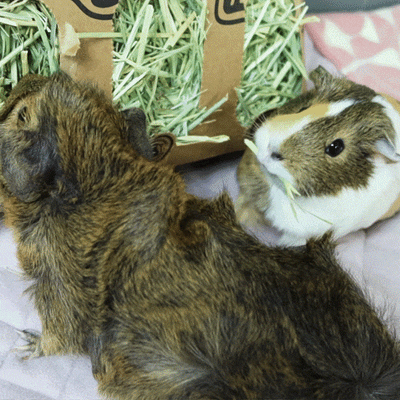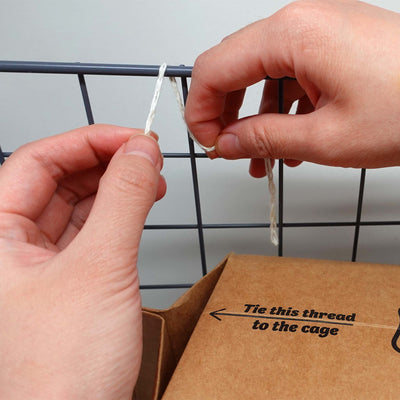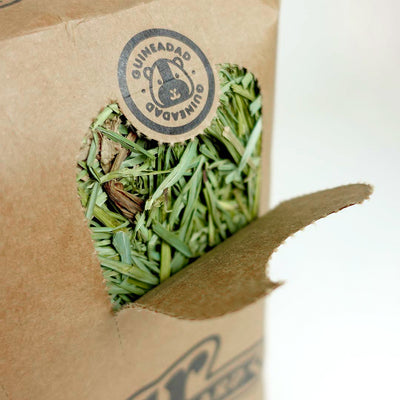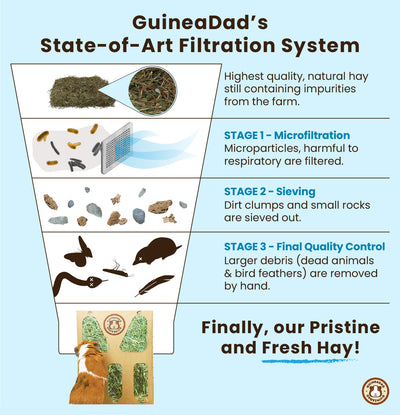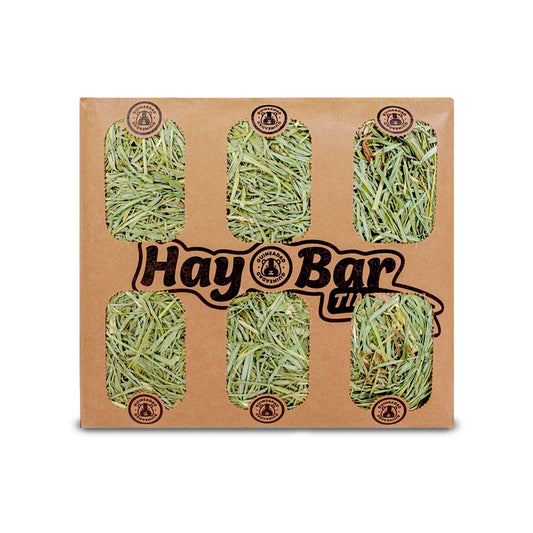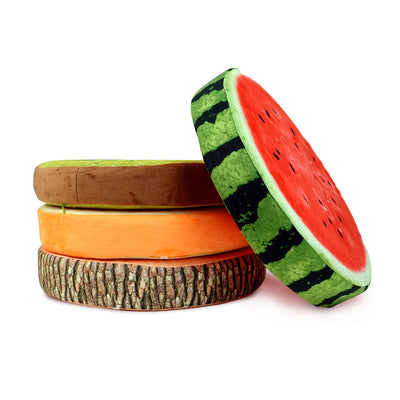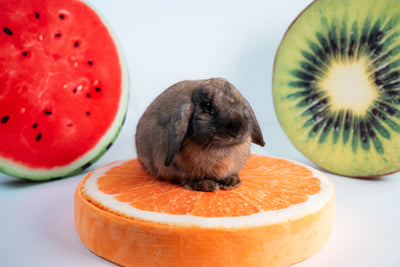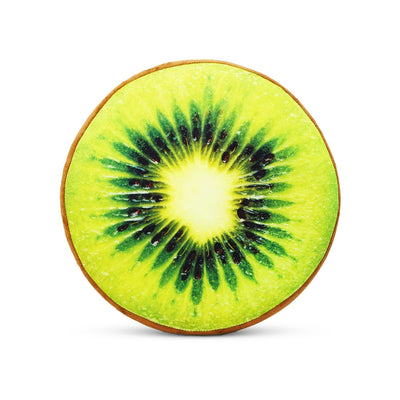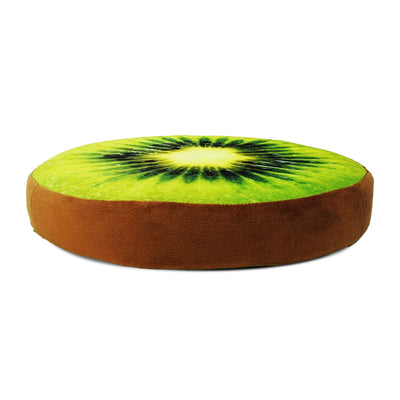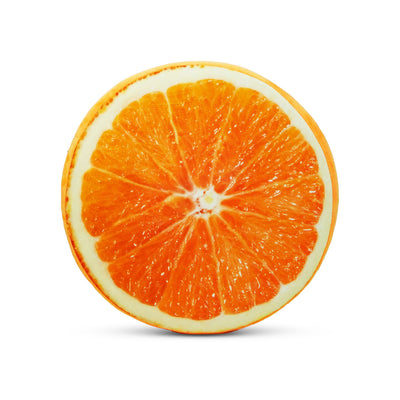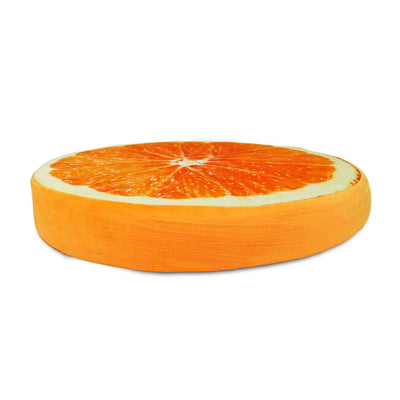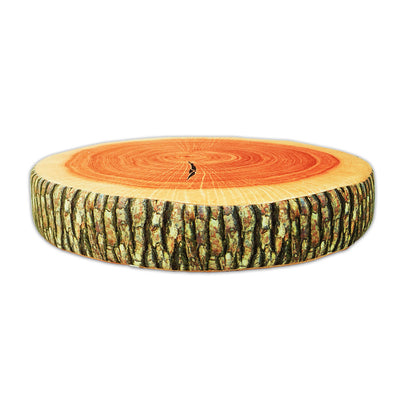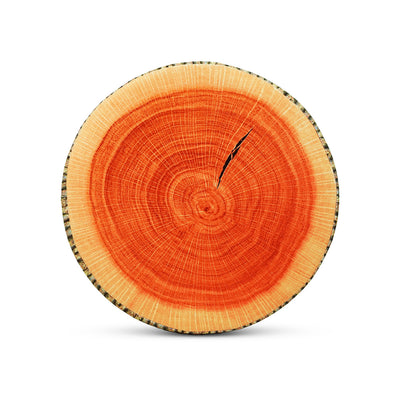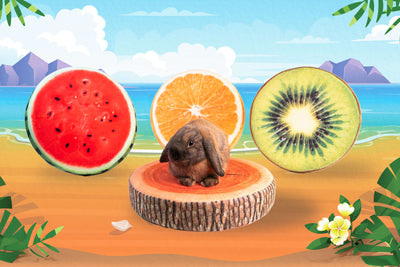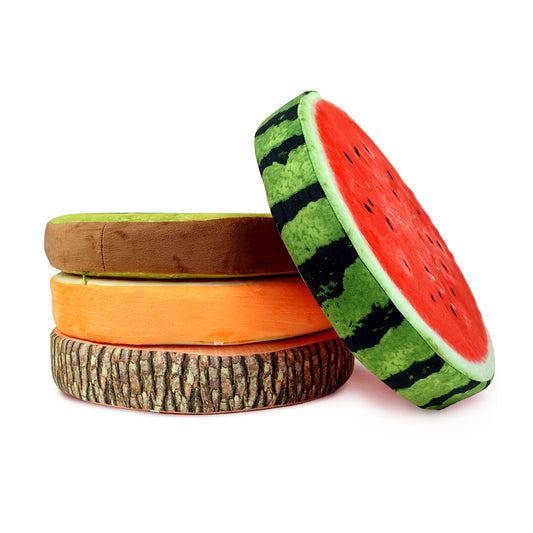While we know we think that chubby, chunky animals can be super cute, overweight animals tend to have more health issues that they can suffer from. You may even be wondering, can guinea pigs be overweight?
It can be hard to hear that your piggy needs to lose some weight, but these health issues can make it difficult and uncomfortable for them to go about their day—in particular, guinea pigs tend to have shortened life spans when they’re overweight. Their overall quality of life is defined and determined by their health, so it’s important that we as piggy parents are doing what we can to keep them happy and healthy.
How to tell if your guinea pig is overweight
There are a few physical signs that your guinea pig might need to lose some weight. Overall, when guinea pigs gain weight and their body fat increases, it’s usually deposited in ways that will make it a little hard for you to feel their backbone and ribs. Both these things are only visible if a guinea pig is underweight and thin, but in a regular, healthy guinea pig, you should still be able to feel them when you try.
It’s easier to determine whether a guinea pig is overweight if they’re a pure bred guinea pig, as there are target weights for those breeds. It’s a little trickier when your guinea pig is a mix of different breeds. While every guinea pig is different and has different bone structures, veterinary guides usually say that 900-1200 grams (2 - 2.5 pounds) for males and 700-900 grams (1.5 - 2 pounds) for females are the ideal weights.
Overweight and obese guinea pigs will have fatty areas around their shoulders, legs, and groin, and will also accumulate fat around their internal organs. This proves to be very concerning especially when it comes to the heart because it can cause serious health problems.
There are some behavioral signs that your guinea pigs are overweight as well. You often see these same symptoms when there are health issues present in your piggy in general. The guinea pigs will be less active and less likely to run around their cage, finding it easier to stay in one spot or rarely moving from a generalized area.
It’s important to remember that guinea pigs are self-groomers, and that this is an important part of them keeping themselves clean and hygienic. Overweight guinea pigs will have trouble reaching their behind and stomach.
This can put them at risk for something called fly strike, which is something that happens more often to long-haired guinea pigs. Fly strike occurs when a guinea pig’s fur is dirty and has poop and urine embedded in it. Flies will then come and lay their eggs in their dirty fur, and when the babies hatch, they feast on your guinea pig’s dirty, infected skin, which then causes infection and can become fatal if not caught and treated quickly enough.
Guinea pigs will also have feet-related health issues if they’re overweight. This includes bumblefoot, which makes it extremely painful for your guinea pig to walk or move around, especially because the extra weight is putting a strain on their joints and feet.
Your veterinarian will also let you know if your guinea pig is overweight or underweight—if you have suspicions, but aren’t sure, you should consult them so you can help our piggy as soon as possible.

How to help your guinea pig lose weight
There are two definitive ways to help your guinea pig lose weight and hit that target weight range! It’s pretty similar to how humans lose weight, and it all has to do with diet and the amount of exercise. More specifically, it has to do with energy and how it’s used or consumed!
In the case, the energy consumed is food or the energy used, which is directly related to the amount of exercise your guinea pig gets.
Increasing energy usage
To help your guinea pig lose weight you can keep the amount of food they are eating about the same, but make sure that they’re being active and using up that fuel they get from their food. There are a few things to consider about how you’re feeding your guinea pig.
Are they having to work for their food at all? Is there something that helps slow them down their munching? The perfect thing to employ for this purpose is a hay feeder of some kind, rather than leaving them hay piles.
For example, the GuineaDad Hay Box and the GuineaDad Hay Bar are both of our options that replace traditional hay racks and feeders. Both the Hay Box and Hay Bar are densely packed with 100% hay and are microfiltered for dust and other kinds of debris.
Because of the way that hay is packed into the boxes and bars, the guinea pigs that eat from it have to pull and tug the hay stalks one by one. This slows them down because they essentially have to work for their food. It’s also helpful for reducing the amount of wasted hay that tends to add up when left in piles in the cage.
Guinea pigs will poop and pee on any loose hay and then they won’t eat soiled hay, which means it’ll go to waste and you’ll have to throw it away. By removing the piles and taking away the opportunity to soil it, you’re reducing waste.
You also need to make sure that your guinea pig has enough space to run around and exercise. According to the Humane Society, two guinea pigs need at least 10.6 square feet for them to be comfortable and to exercise properly. Include some ramps and other variations in the cage to challenge them whenever they’re exploring the cage. It can also help to have piggy companions because the piggies can encourage each other to be active and play with each other.
However, if your guinea pig is struggling to move around too much due to the pain in their joints and feet from the extra weight, you want to make sure that their cage bedding is comfortable and encourages them to want to move around despite the pain.
The GuineaDad Premium Liner and GuineaDad Liner are our ultra-soft and cushioned options that will make walking and running around for your piggy so much more comfortable, especially if they are already suffering from bumblefoot. They quickly absorb pee and inhibit bacterial growth, so it won’t make the bumblefoot infection any worse either.
Reduce energy consumption
This means you should try reducing the amount of food that your guinea pig is eating. This shouldn’t be anything dramatic or extreme. Make sure you use a hay feeder like the ones we mentioned previously, the GuineaDad Hay Bar or the GuineaDad Hay Box to slow down their munching.
You should also reduce the amount of pellets you’re feeding them. Instead of feeding them the exact amount that is listed on the packaging, try giving them a little bit less. And we hate to say it, but try not to give them treats.
A regular, healthy guinea pig diet consists of hay, water, fresh vegetables and fruits, and pellets. However, most of their diet should be made up of hay, which they are munching on at all times of the day.
The purpose of pellets in a guinea pig diet is to provide vitamin C, however they can also get vitamin C from the other parts of their diet, so reducing the amount they receive in their food bowl won’t be too big of a deal. You should only refill the pellets when it’s the next day and they’ve finished the ones from the day before. Refilling it prematurely can lead to overeating!
However, before you make any changes in your guinea pig’s diet, you should consult your veterinarian on how to do this properly and without it being too drastic or sudden.
Once your guinea pig has reached a healthy weight…
This isn’t a go-ahead to go back to the previous feeding habits. It’s important that you maintain this weight, which may mean cutting out treats completely and keeping a close eye on what they are eating at all times.
It’s important that guinea pigs are at a healthy weight, because this can reduce and prevent the amount of health issues that they will have. With less health issues will come longer lifespan and a happier piggy!
